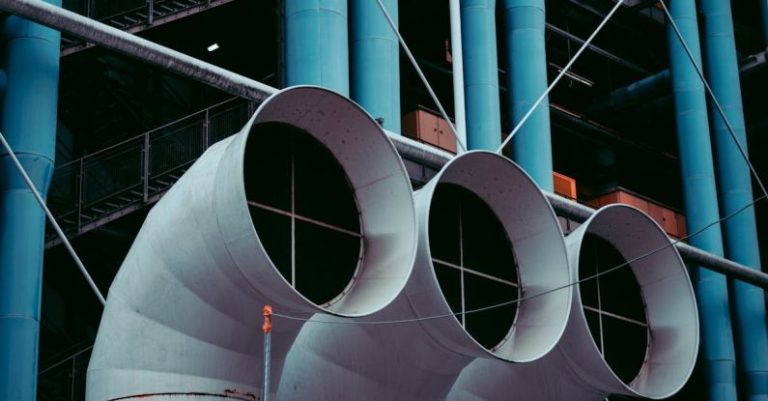Innovations in Composite Materials for Soundproofing in Construction
Soundproofing has become a vital consideration in modern construction projects, as urban environments continue to grow and noise pollution becomes a prevalent issue. Traditional methods of soundproofing, such as using thick walls or double-glazed windows, are effective but can be costly and space-consuming. As a result, the construction industry has been exploring innovative solutions to address soundproofing challenges. One of the most promising advancements in this field is the use of composite materials, which offer a lightweight, versatile, and effective way to reduce noise transmission in buildings.
Enhancing Sound Insulation with Composite Materials
Composite materials are engineered materials made from two or more constituent materials with significantly different physical or chemical properties. By combining these materials, composite products can be tailored to meet specific requirements, making them an ideal choice for soundproofing applications. In the construction industry, composite materials are being increasingly used to enhance sound insulation in buildings.
One of the key advantages of composite materials for soundproofing is their ability to dampen sound vibrations. Traditional building materials, such as concrete or wood, can transmit sound waves easily, resulting in poor sound insulation. In contrast, composite materials can effectively absorb and dissipate sound energy, reducing the transmission of noise through walls, floors, and ceilings. This property makes composites an excellent choice for improving the acoustic performance of buildings in noisy environments.
Composite materials also offer a lightweight alternative to traditional soundproofing materials, making them easier to install and more cost-effective. In addition, composites can be molded into complex shapes, allowing for seamless integration into building components such as partitions, doors, and ceilings. This versatility makes composite materials a versatile solution for architects and designers looking to incorporate soundproofing features without compromising on aesthetics.
Innovative Applications of Composite Materials in Soundproofing
The use of composite materials for soundproofing in construction is not limited to traditional building components. Recent innovations have expanded the application of composites to include novel solutions that address specific soundproofing challenges. For example, composite acoustic panels are being used to create modular soundproofing systems that can be easily installed and reconfigured to suit different spaces.
Composite materials are also being integrated into building facades to improve sound insulation while enhancing the visual appeal of structures. By incorporating composite cladding with soundproofing properties, architects can design buildings that not only look modern and stylish but also provide a quiet and comfortable environment for occupants. This holistic approach to soundproofing demonstrates the potential of composite materials to revolutionize the way we design and construct buildings in urban areas.
Future Prospects and Sustainability of Composite Materials in Soundproofing
The future of soundproofing in construction lies in the continued development of composite materials that offer improved acoustic performance, durability, and sustainability. As the demand for eco-friendly building solutions grows, the use of sustainable composites made from recycled or bio-based materials is expected to become more prevalent in the construction industry. These materials not only reduce the environmental impact of soundproofing but also contribute to the overall sustainability of building projects.
In conclusion, the use of composite materials for soundproofing in construction represents a significant advancement in building technology. By harnessing the unique properties of composites, architects and designers can create buildings that are not only aesthetically pleasing but also provide a quiet and comfortable living or working environment. As research and development in composite materials continue to expand, we can expect to see even more innovative solutions that push the boundaries of soundproofing in construction. The future of soundproofing is here, and it sounds better than ever.






